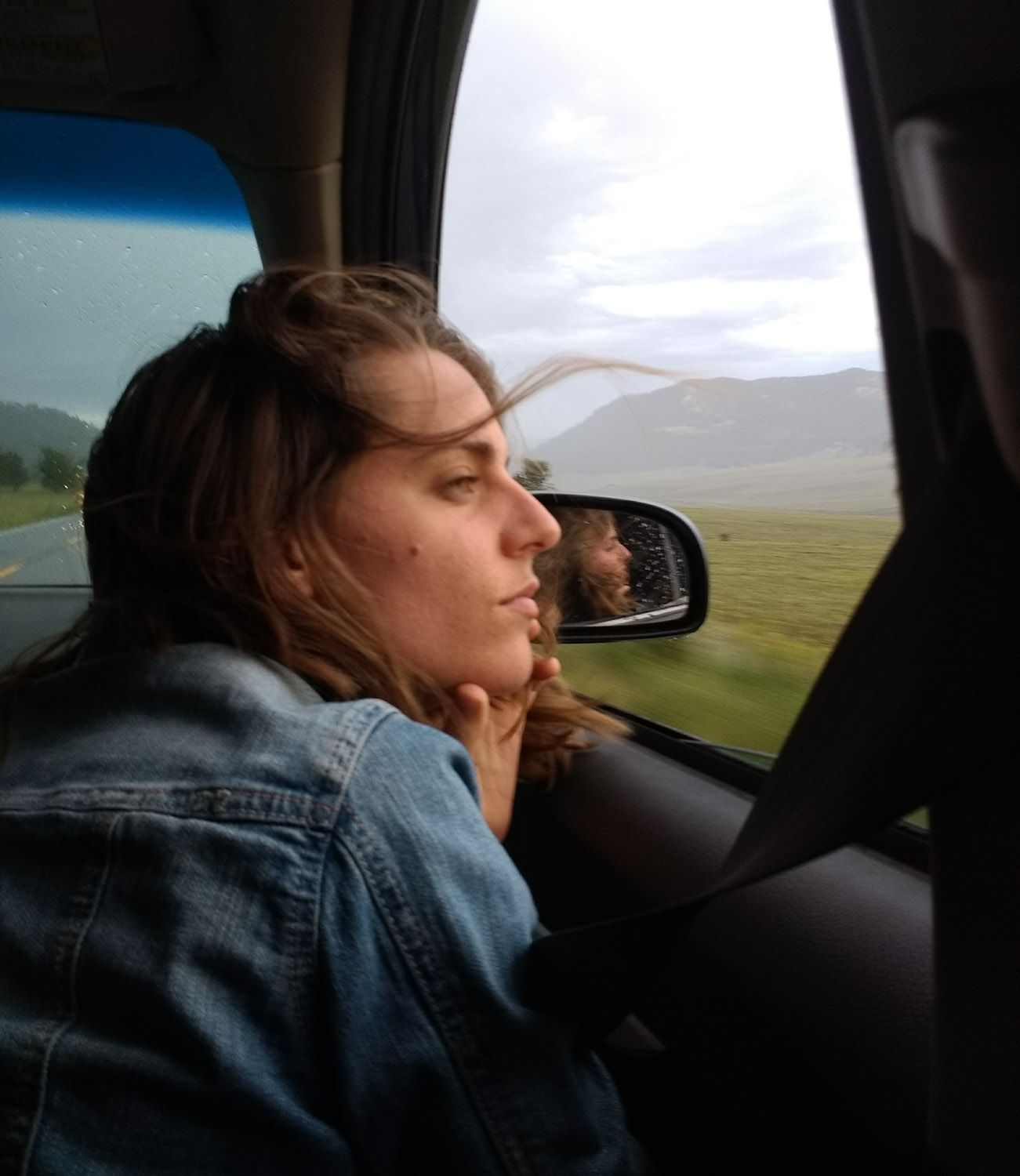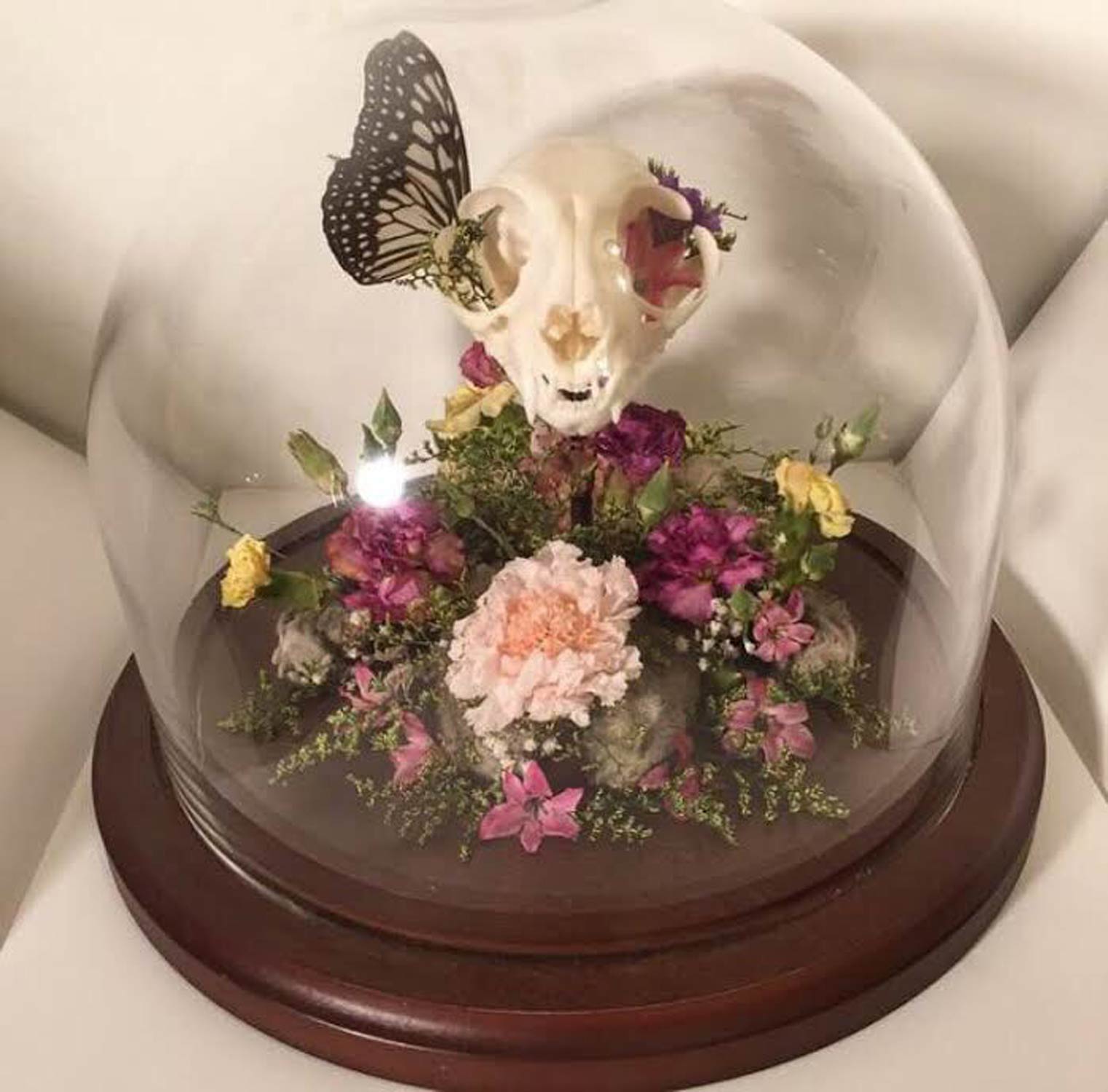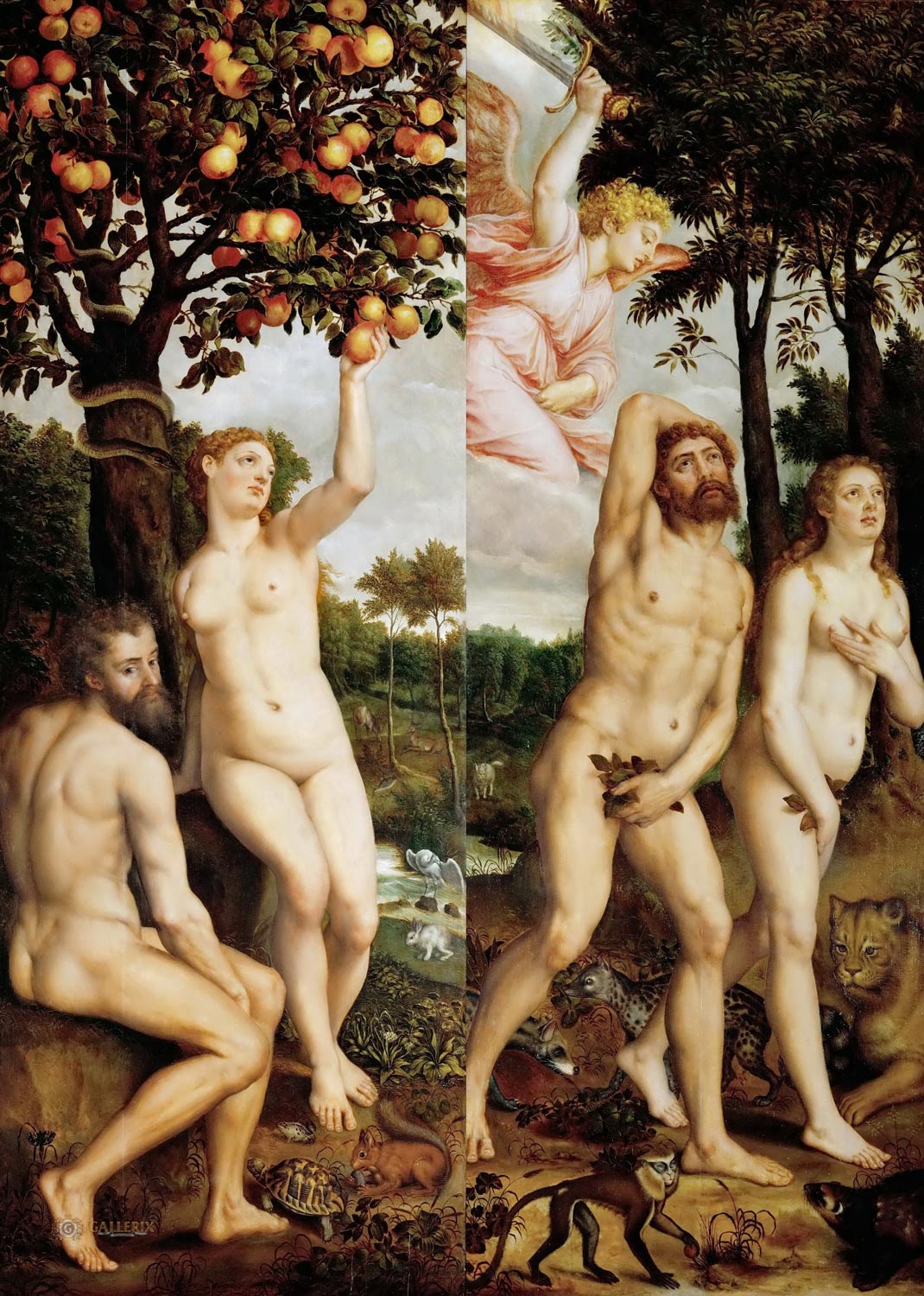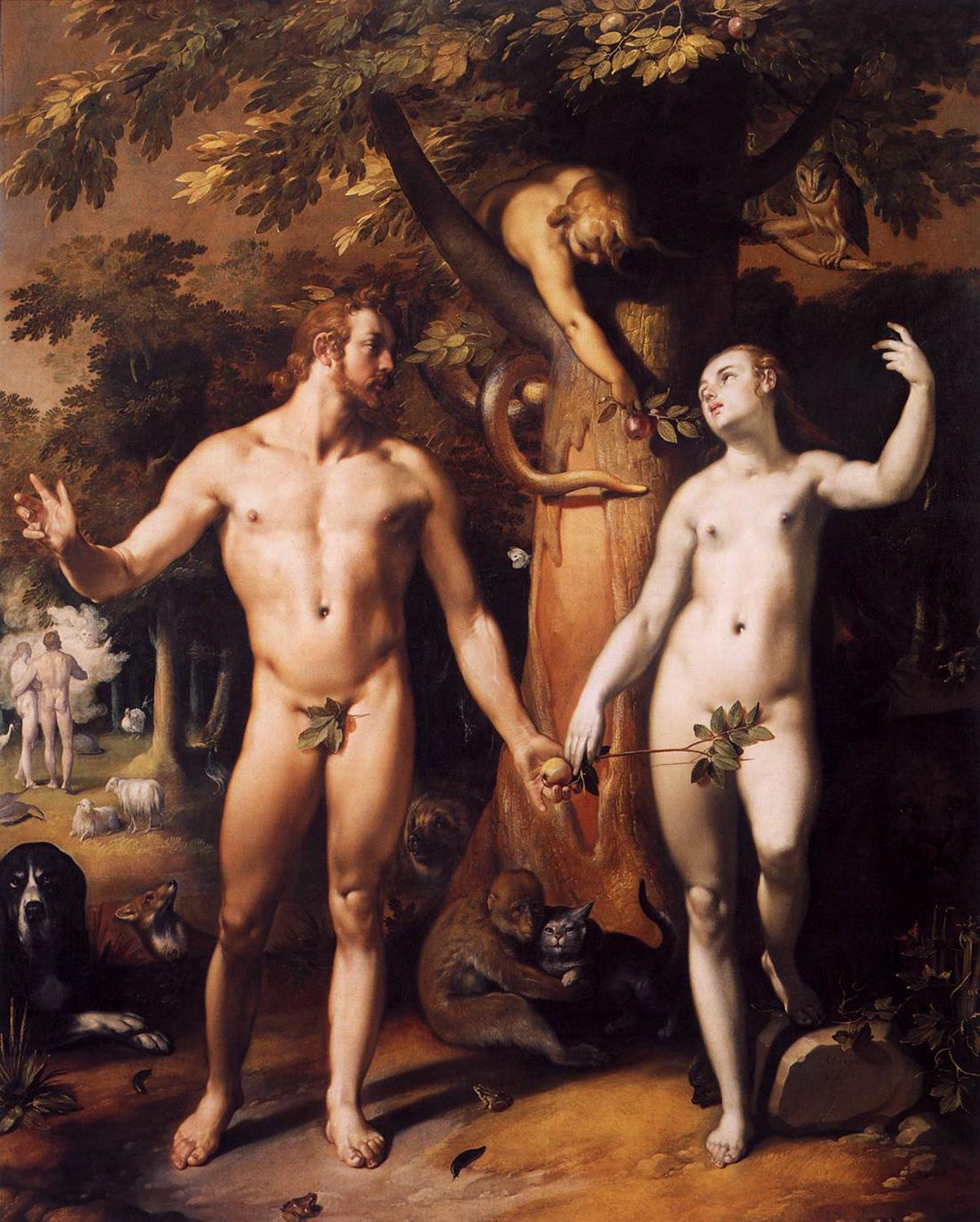HBM095: The Bats that Stay
/Illustration by Jeff Emtman
Not all migratory bats migrate. We don’t know why some choose to stay behind at their summer roosts. But according to the University of Washington’s Sharlene Santana, the bats that stay tend to die.
Content Note: Fleeting language
In this episode, HBM host Jeff Emtman attempts to make a metaphor about bats and humans. Perhaps it’s anthropomorphic, perhaps it’s unnecessarily poetic, or perhaps it’s a fair one.
Jeff leaves his home in Seattle to move cross-country to Boston. Along the way he takes a five day layover in Colorado to meet up with an old friend (Helen Katich) and her girlfriend (Laura Goldhamer). The three drive from Denver to the San Luis Valley of Central Colorado. They visit Valley View Hot Springs and walk to the mouth of an abandoned iron mine 10,000 feet above sea level called “The Glory Hole.”
The Glory Hole houses an estimated 250,000 Mexican free-tailed bats each summer. These bats migrate in from Central and South America to eat bugs and raise their pups. They fly together at dusk in gatherings visually similar to the murmurations of starlings. This bat species, also known as the Brazilian free-tailed bat, is extremely social, and perhaps nature’s most gregarious mammal species.
Despite this, their social and hunting calls are completely inaudible to humans. They produce ultrasounds, sounds too high pitched for human ears. But some audio equipment (see below) can still record these sounds, then computer algorithms can pitch them down into human-audible sounds.
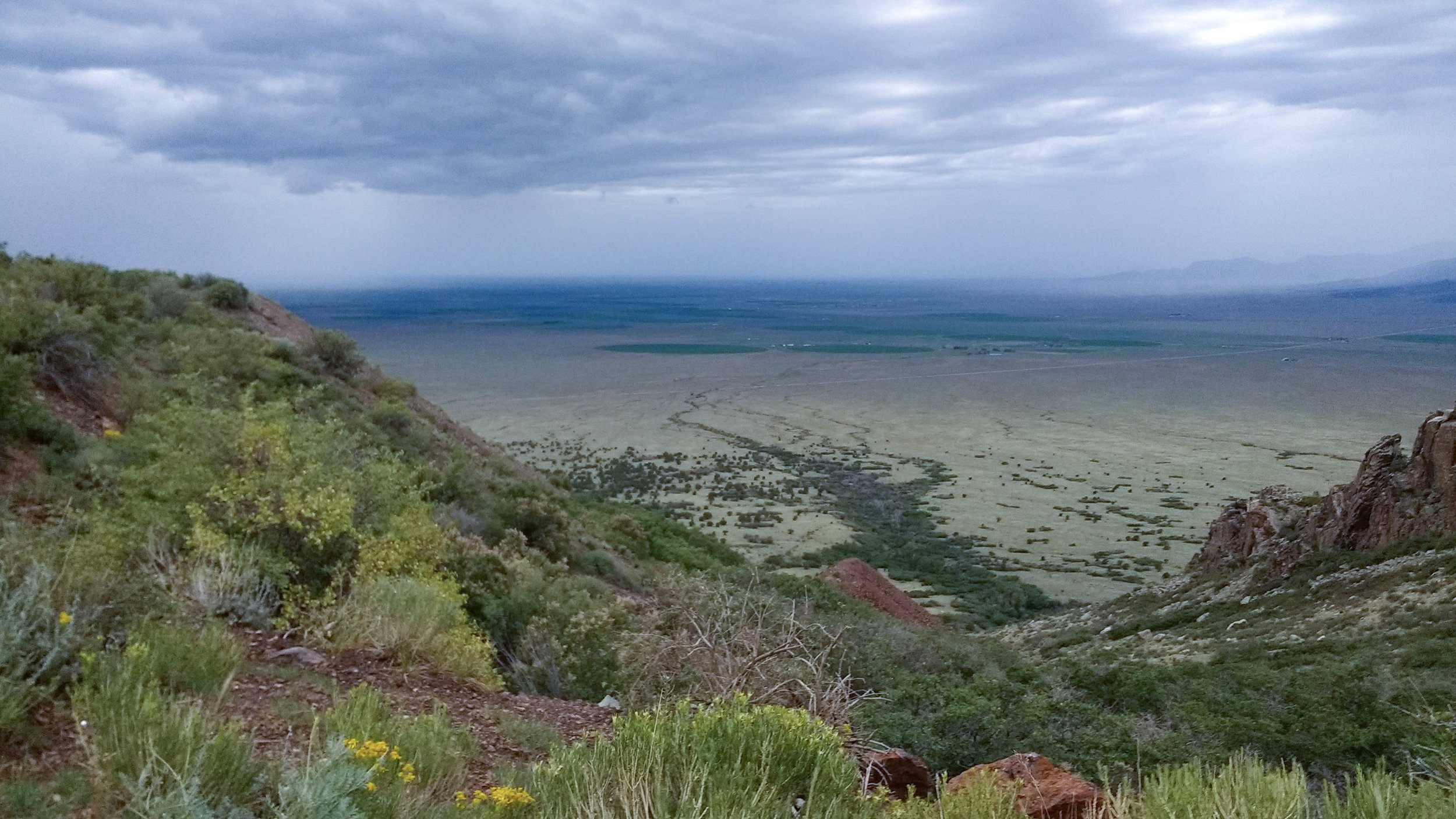

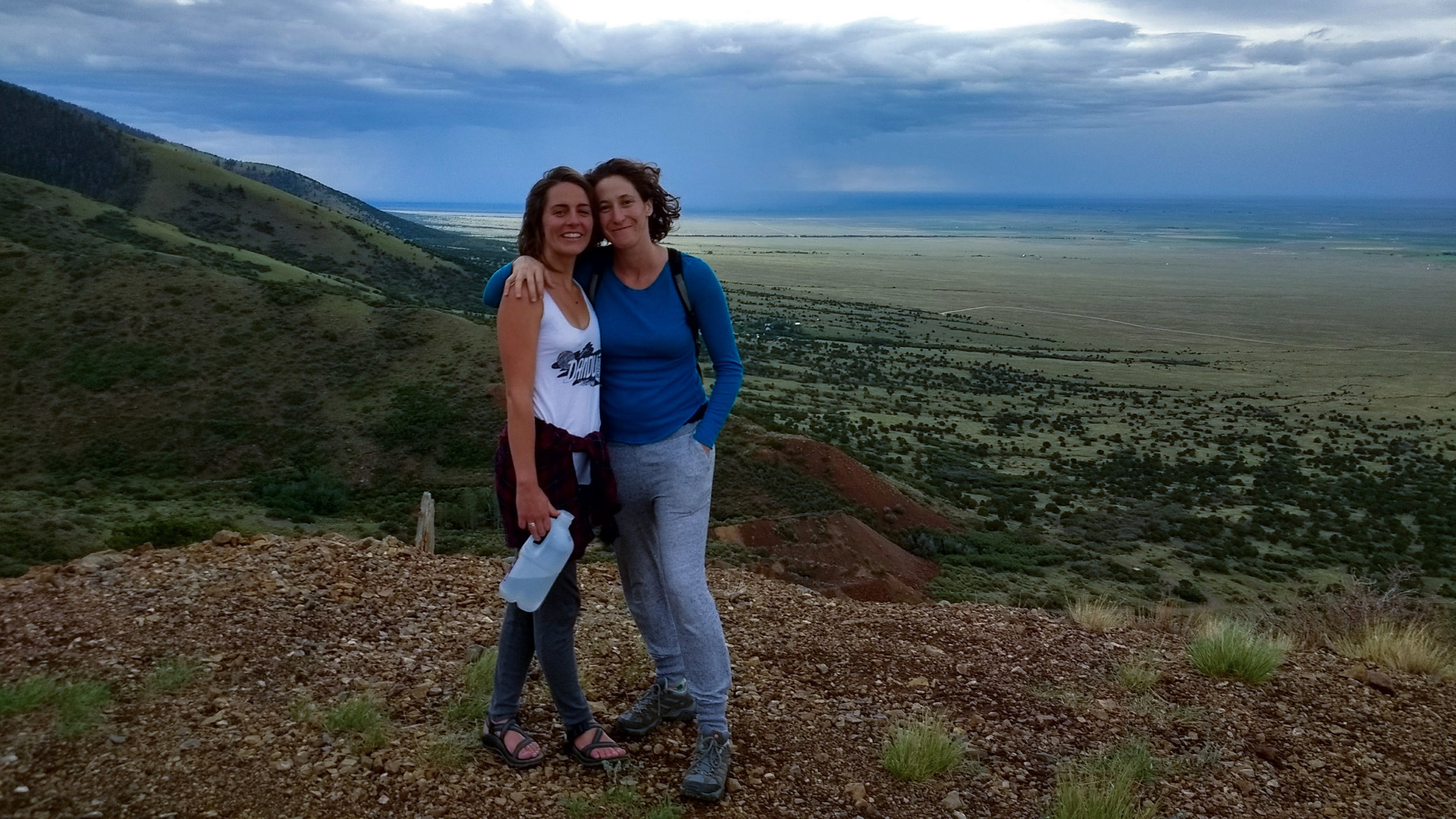
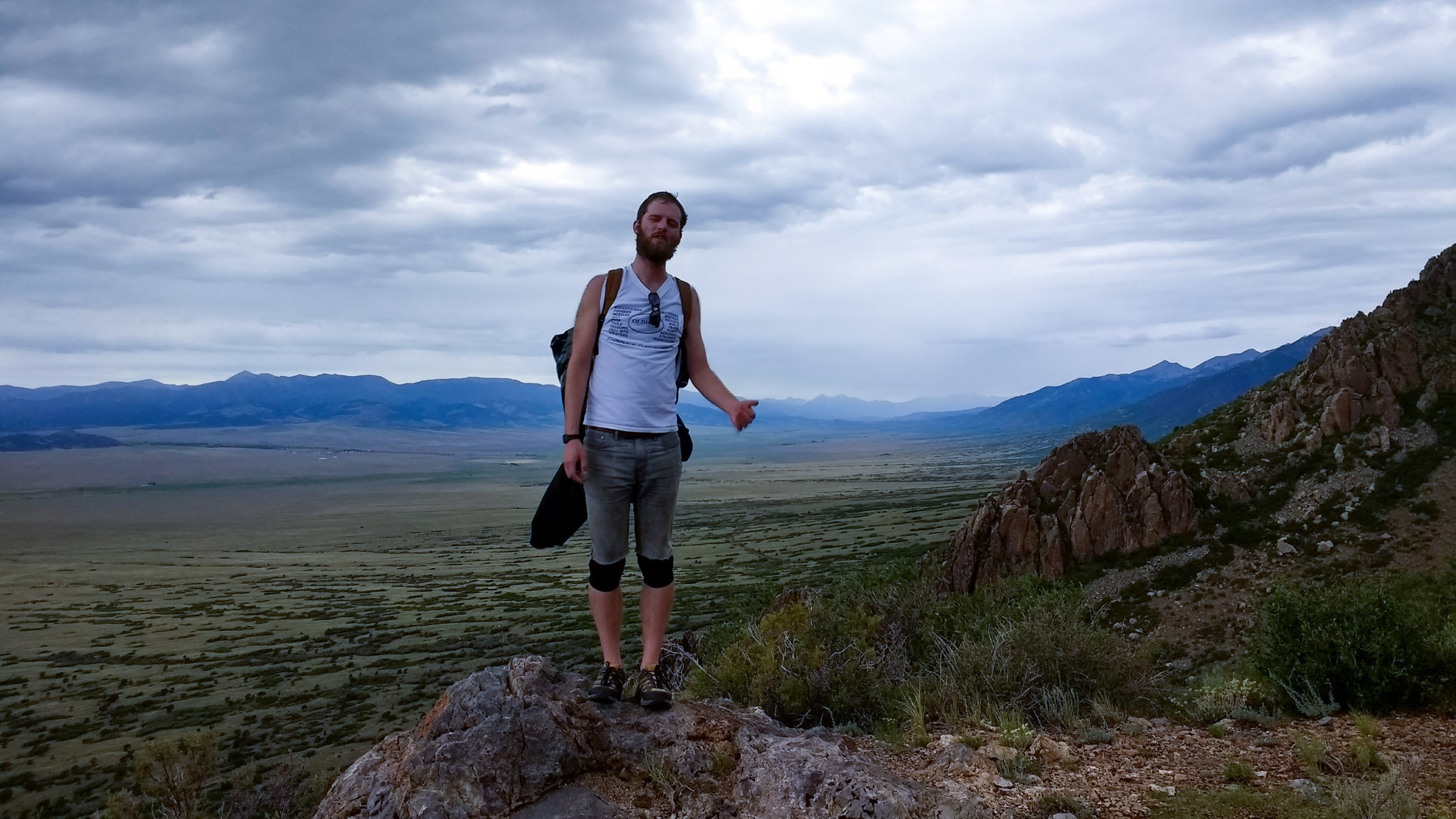
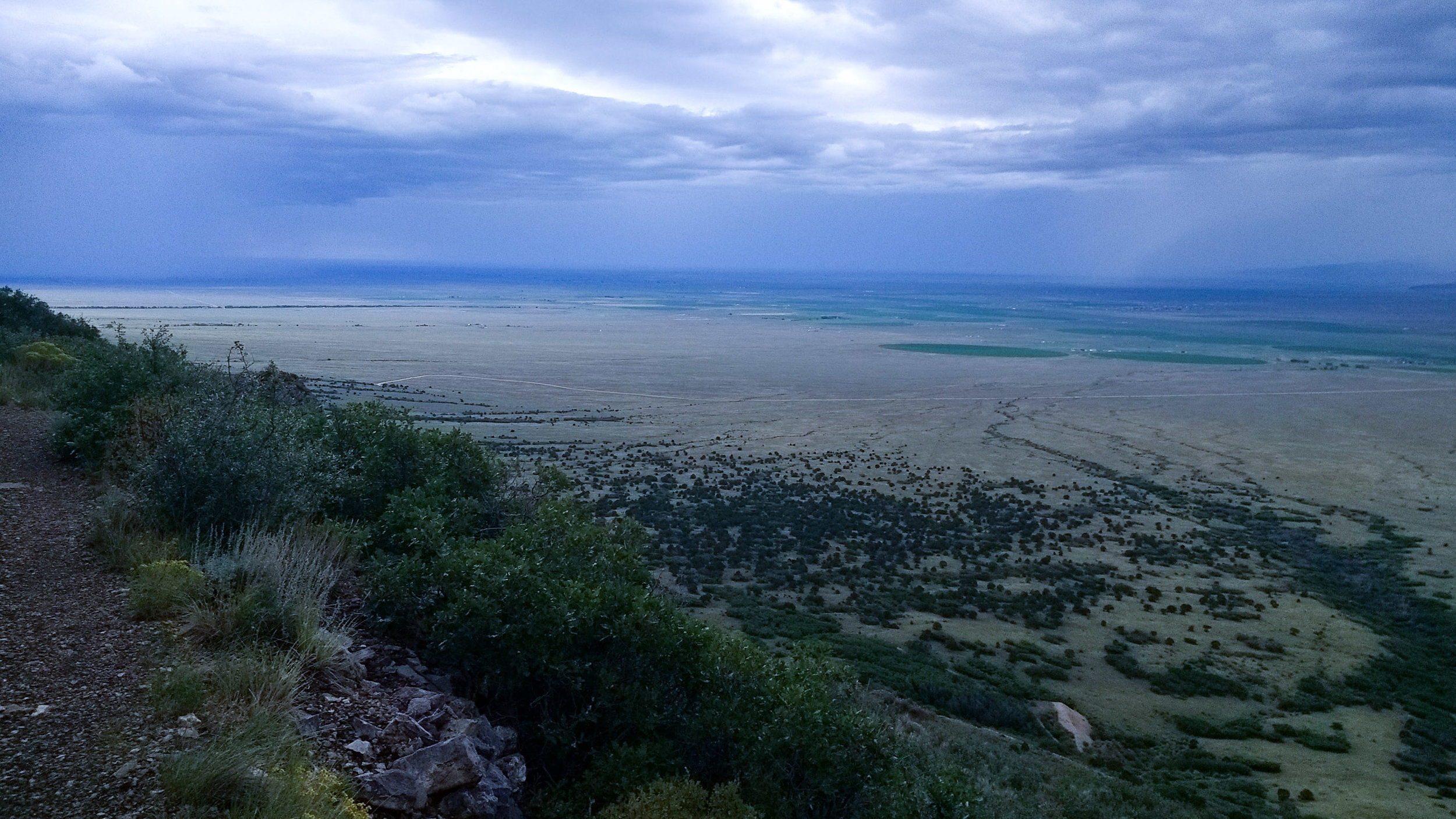
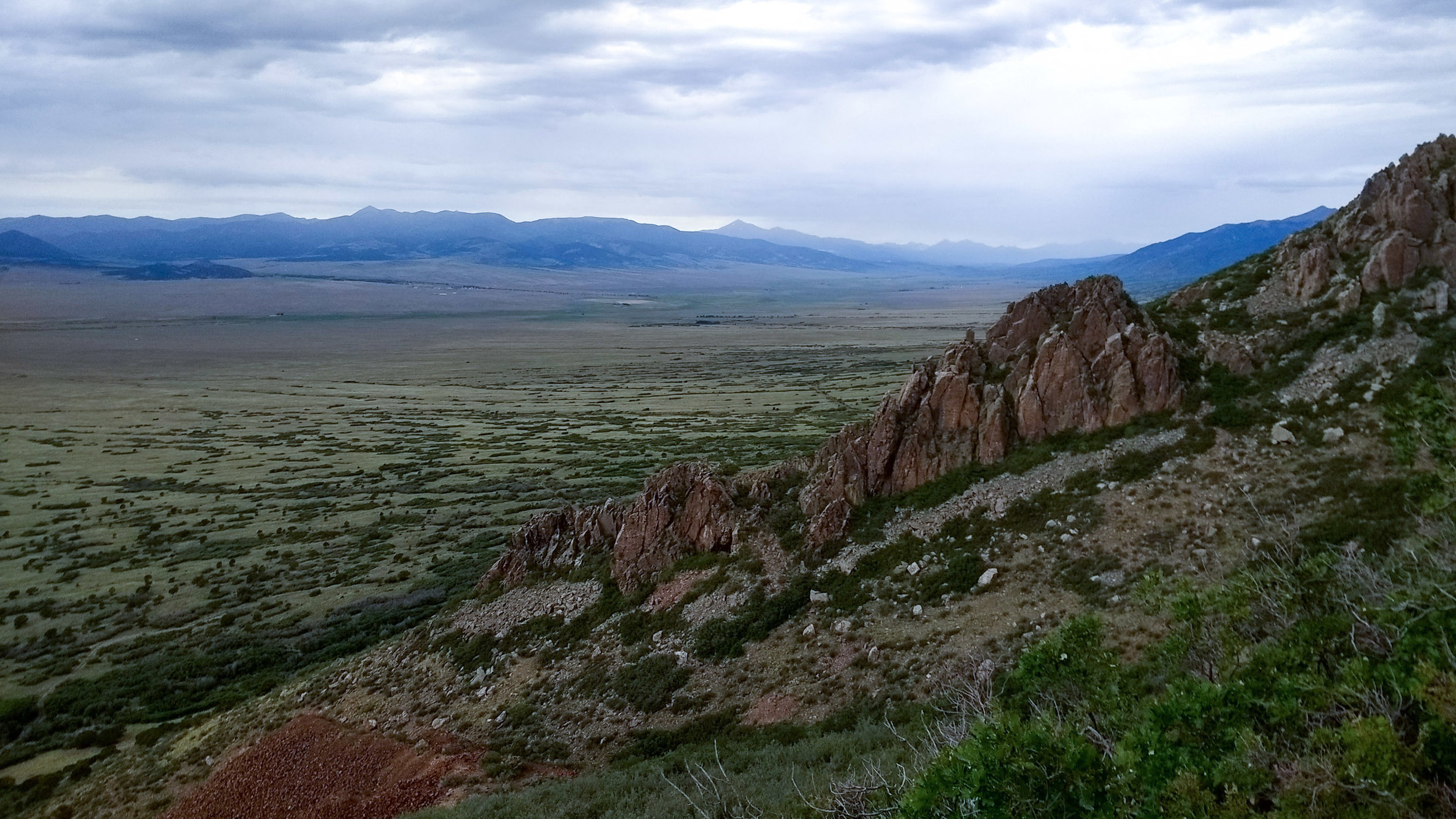
One evening, Jeff and Helen and Laura hike to the mouth of the mine. At this vantage point, they watch some of the bats flying out and Jeff manages to record some of their loud, ultrasonic vocalizations, before the storm forces them back downhill. The next day, Jeff flies to his new home in Boston.
Jeff recorded the bat calls in this episode with a Tascam DR100MK3 at 192kHZ sample rate and an Echo Meter Touch 2 Pro at sample rates of 256kHZ and 384kHZ. The calls were recorded at frequencies of approximately 21kHZ to 36kHZ and time/pitch-shifted with Elastique 3.2.3 Pro.
Producer: Jeff Emtman
Editor: Bethany Denton
Music: The Black Spot and Laura Goldhamer





